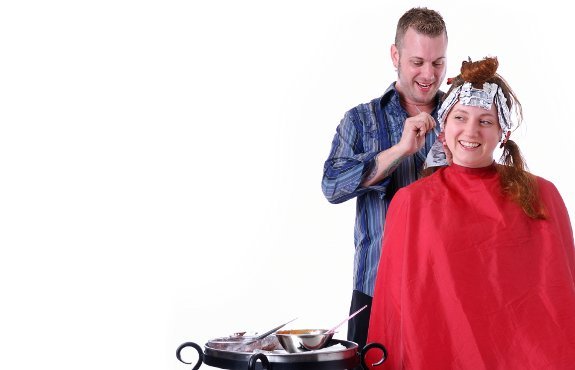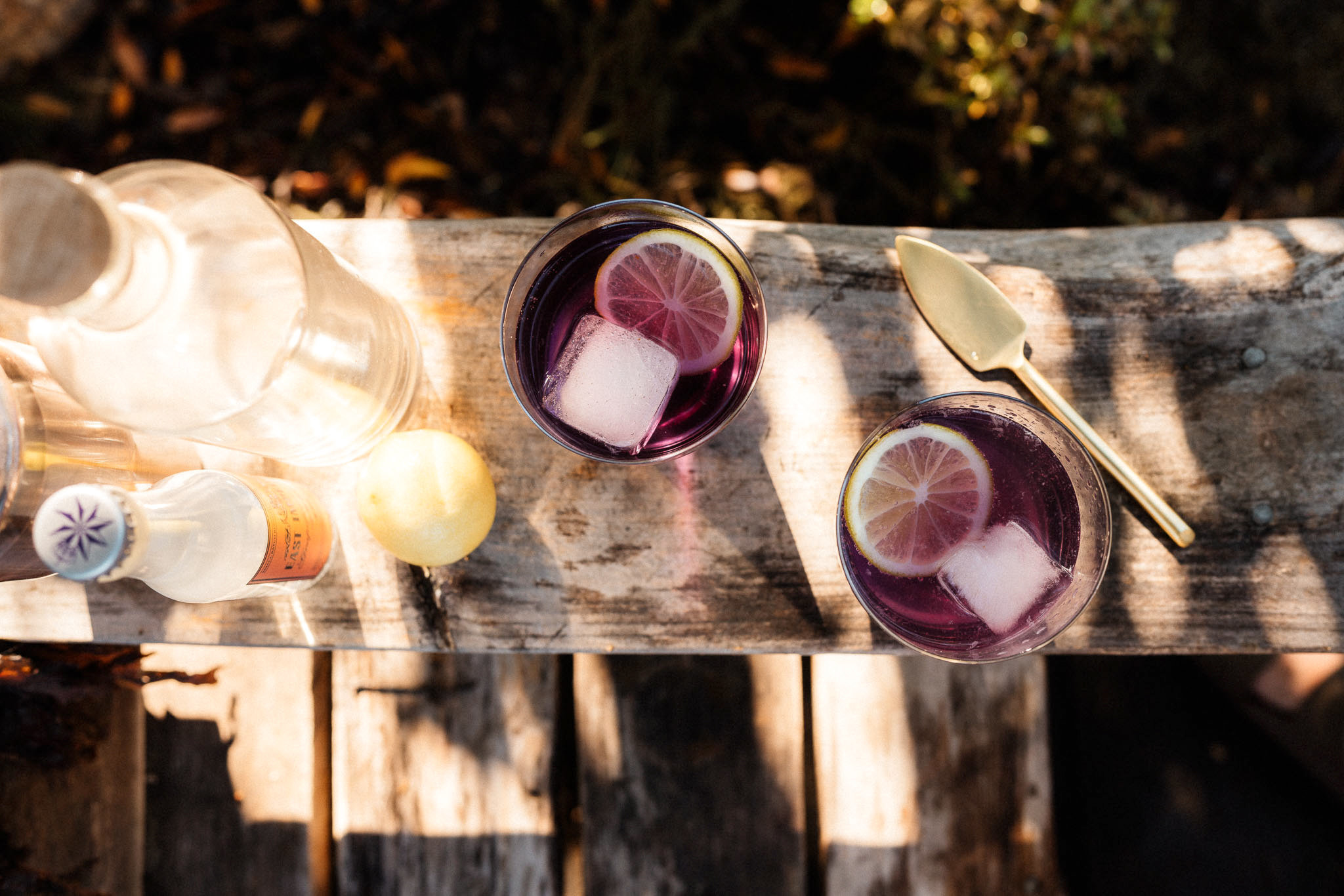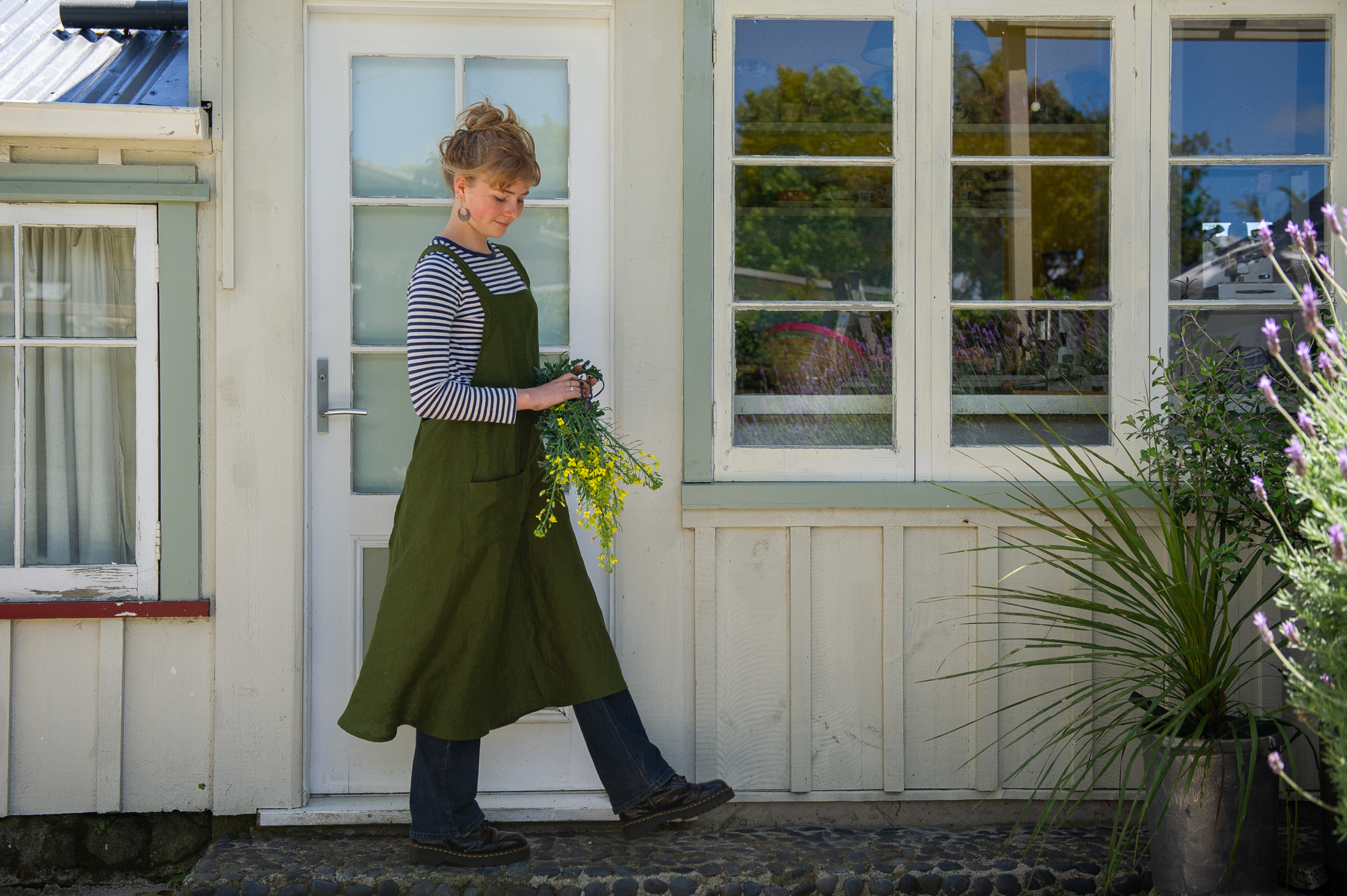The least bad way to colour your hair
Sixty-five percent of Kiwi women and five percent of men dye their hair.
When it comes to being green, how does a home dye compare with the salon?
Not-entirely-natural blonde Anna Hart investigates
If we were to compile a list
of ecological blind spots,
hair dye would have to
come near the top. We may
eat organic, buy second-hand or
cycle everywhere, but giving up
our highlights or grey coverage
is an eco-sacrifice many of us
can’t bear to make.
But facts are facts: every
visit to the salon means
foils tossed and exposure to
synthetic chemicals that have
been linked to everything from
headaches to anaphylactic
shock. Surely this means a
home dye job—especially
using product purchased in a
health shop—is a more ethical
alternative?
Sadly, it’s not quite this
simple. First, let’s talk about
toxicity. Hair dyes generally
consist of three components.
Ammonia opens (some say
“ravages”) the hair cuticle and
allows the other chemicals to
do their job. Hydrogen peroxide
destroys the hair’s melanin,
or natural colour. And lastly,
there’s the colourant itself.
While ammonia is considered
an irritant and can cause
headaches, stinging eyes,
rashes and nausea, experts
are more concerned about
the colouring agent, which
in most products contains
paraphenylenediamine, or PPD.
This can trigger a range of
allergic reactions, and intensive
longer-term use is associated
with various cancers and
rheumatoid arthritis.
Sounds nasty, but there
are natural alternatives, right?
Sorry, but terms such as
‘natural’ are unregulated, and
some brands make dubious
substitutions, replacing one
substance that consumers
are wary of with an equally
toxic ingredient that doesn’t
ring alarm bells. Even the
‘organic’ hair colours in salons
and health shops are likely to
contain some percentage of
ammonia or a similar alkaline
ingredient, and/or PPD. As
for henna, while it can be a
good option for brownish hair
tones, some experts consider
it a skin irritant. And be aware
that ‘black henna’ is one of the
most notorious misnomers in
the beauty industry: it’s henna
mixed with PPD. As stylist Lucy
Vincent-Marr, of Stephen Marr
in Auckland, puts it, “Cosmetic
companies are constantly
coming up with new ways to
make products sound safe and
ethical when they aren’t.”
All this confusion brings
us to the first major advantage
that a salon visit has over a DIY
job: knowledge and expertise.
Visit an eco-minded salon and
you’re benefiting from a hair
care professional’s dedicated
research into green options,
instead of wrestling with an
ingredients list yourself. Gareth
Peters at Auckland salon Nada
uses the Californian range
Organic Colour Systems, which
is ammonia-free and contains
the “lowest possible” levels of
PPD: 0.83% compared with the
6.4% found in some of the major
brands’ products. Stephen Marr
offers a few healthy options:
a Wella system that contains
minimal amounts of ammonia,
a specialist colour range
containing no PPD, and a series
of new-generation vegetable
dyes.
Good salons take positive
measures you can’t replicate at
home. Stephen Marr’s chemical
run-off is stored in a slop
bucket, and then a specialist
company removes this waste,
tint tubes, foil and developer
bottles to render chemicals
inert and recycle materials.
Nada employs reusable foils
that Gareth washes and dries
between customers, saving
between 50 and 100 foils per
head from landfill.
On the other hand, one
advantage of using a home dye
is that no one else is coming
into contact with these toxins.
“I certainly don’t discourage
people from using home dyes
like Tints Of Nature, the DIY
version of what we use in
Nada,” says Gareth. “It’s
affordable, it can top up your
colour between salon visits,
and it means one less batch of
chemicals I put into my own
system.”
This too comes with
a caveat. As many of
us know, a DIY job is
much more likely to
go horribly wrong,
necessitating a
colour correction
and ultimately
taking a greater
ecological toll
than if we’d gone
to the salon in the
first place. Instead
of experimenting on
your hair, try a wig or
colour consultation to
determine whether
a new shade will suit you. Bear
in mind that darker colours
generally contain higher levels
of PPD, and all-over colours
have more contact with your
skin than foils.
The truth is, there is no 100
percent healthy and eco-friendly
option for colouring your
hair—but if you’re not ready to
go grey gracefully or embrace
the adjective ‘mousy’, the
Good verdict is to stick with
the salon … just make sure it’s
the right salon, and go with a
reputable colourist who’ll give
you a result you’re happy with.
Your aim should be to keep
colouring to a minimum, so go
for a low-maintenance colour
close to your natural shade,
which will require less frequent
touch-ups.





